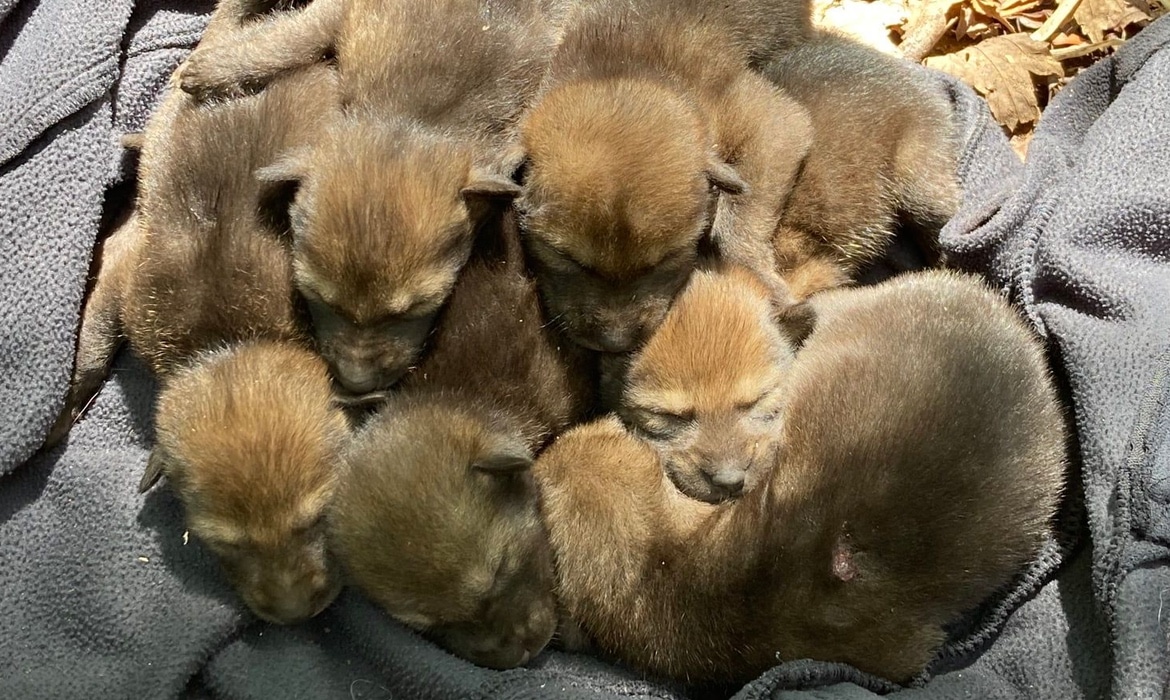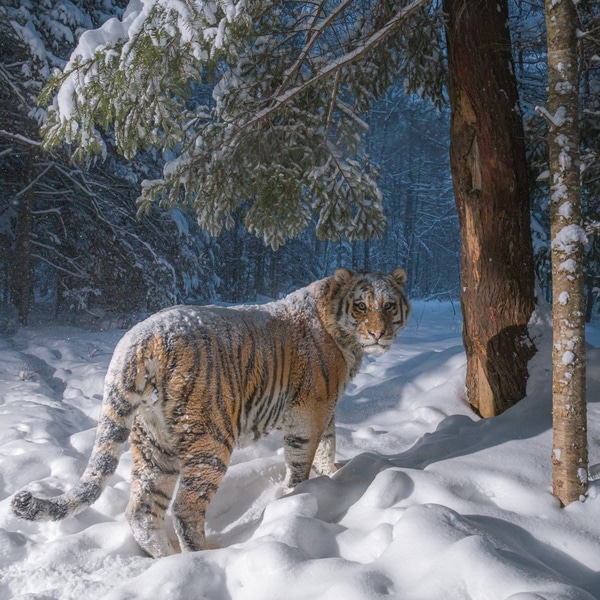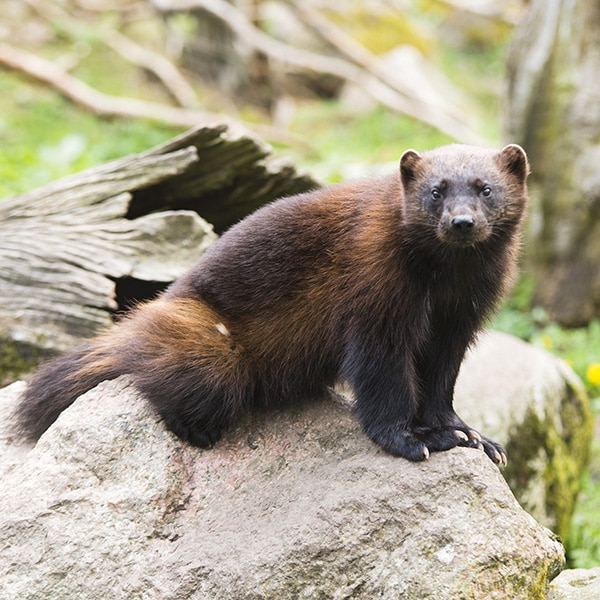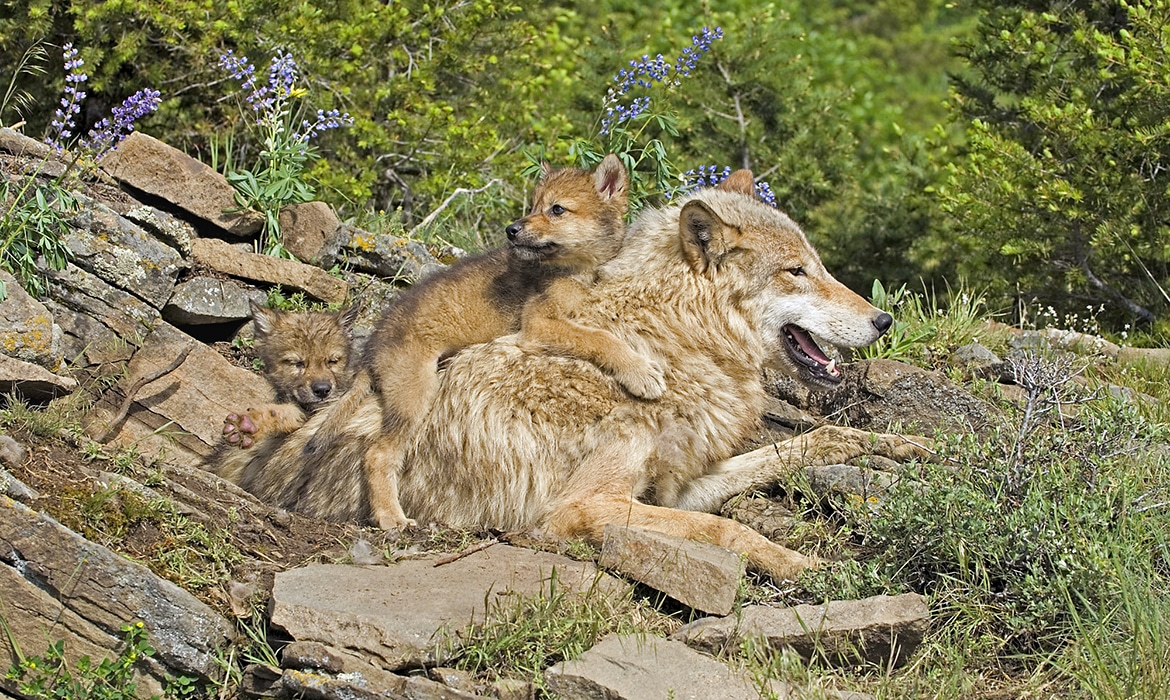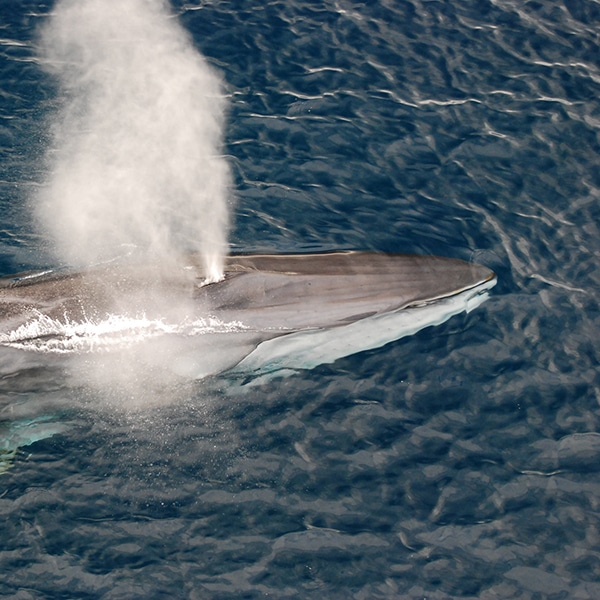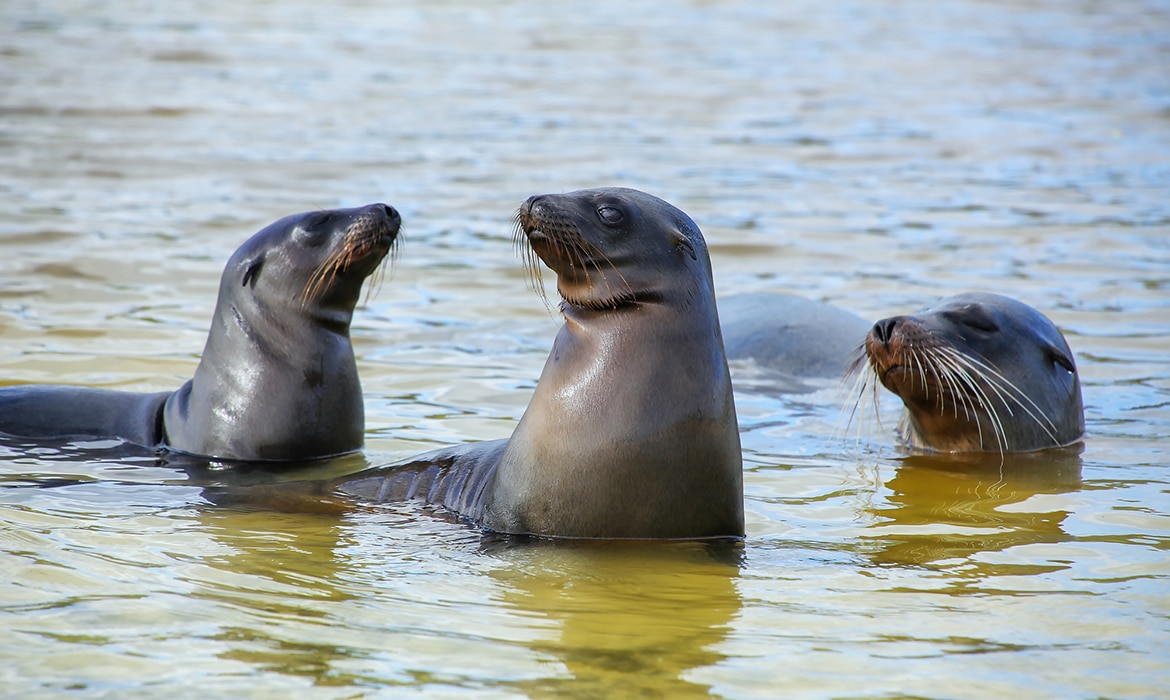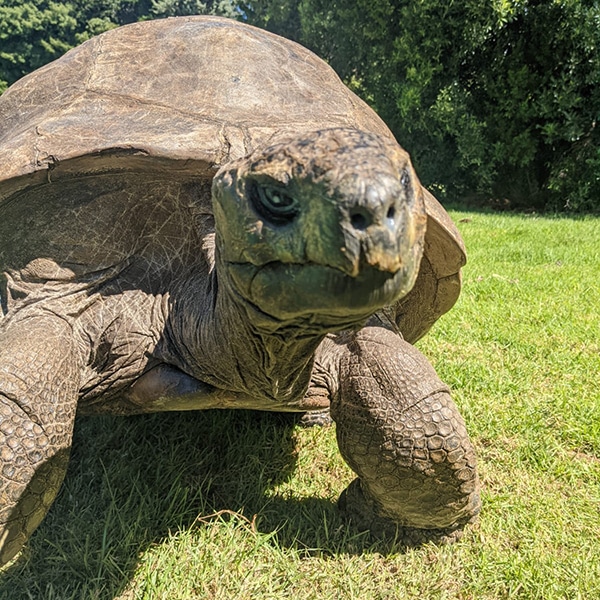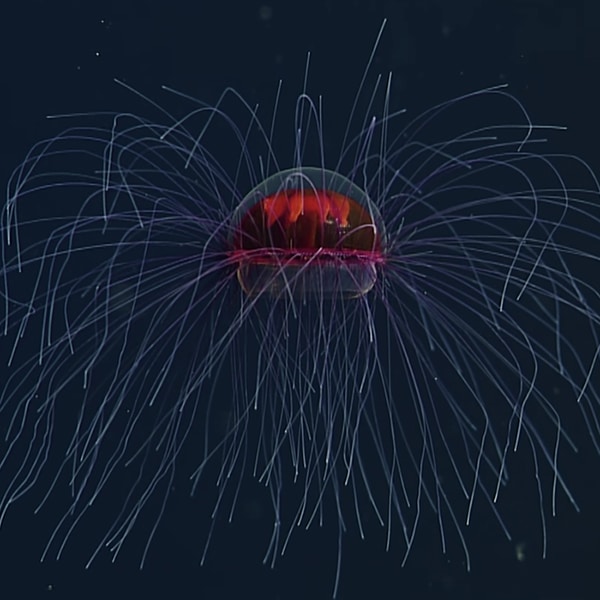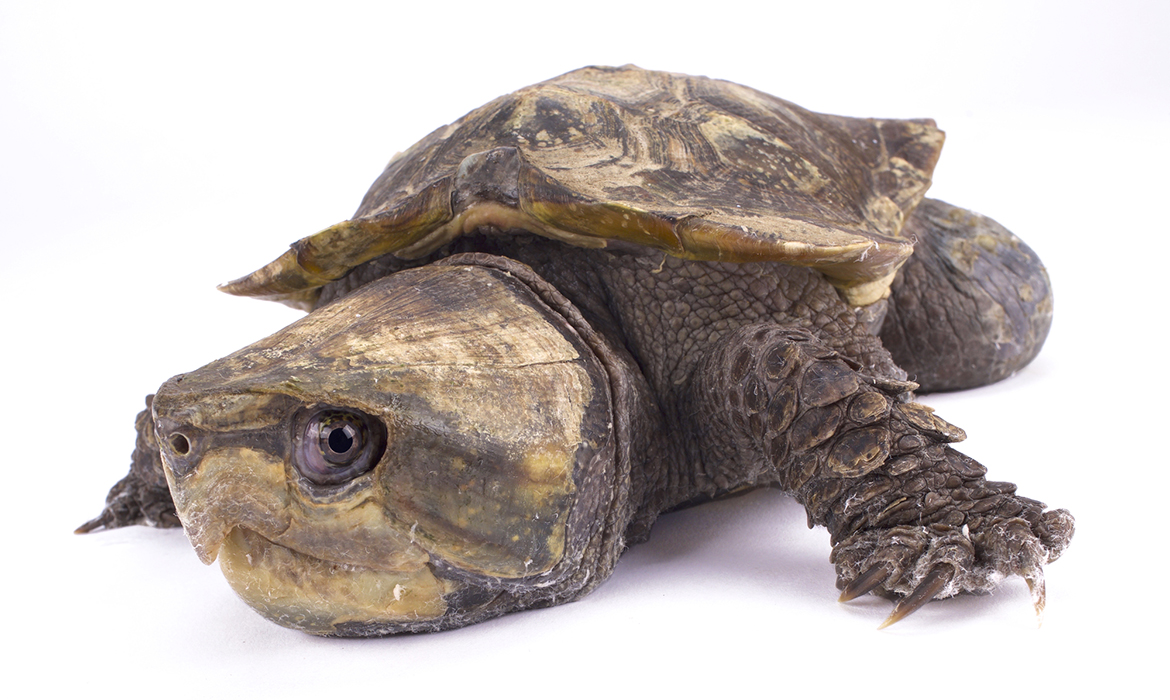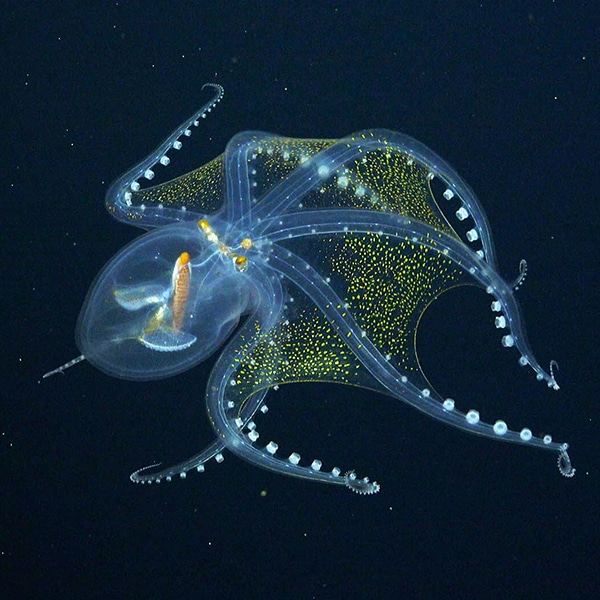Adorable Litter of Endangered Red Wolf Pups Give Hope for Future of At-Risk Species
Native to the southeastern United States, the red wolf has been an endangered species since 1967. Since the 1970s, the U.S. Fish and Wildlife Service has been running a captive breeding program and there is now actually a wild population in North Carolina. However, for the past four years, these wolves haven't had any pups. That all changed this year.
